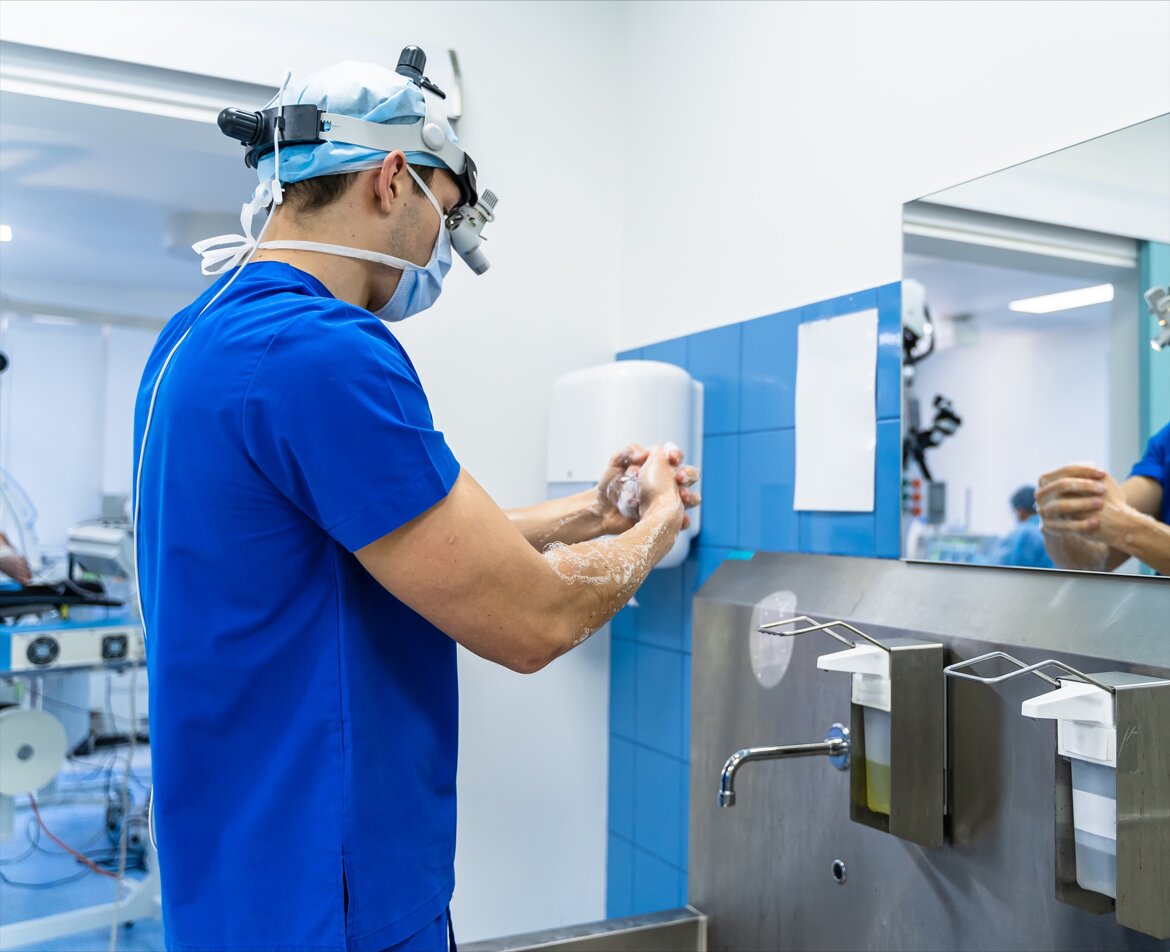FLAP SURGERY

Surgery for Cutaneous Substance Loss: Reconstruction Techniques with Flaps
Surgery for cutaneous substance loss is a specialized branch of reconstructive plastic surgery aimed at repairing and reconstructing skin defects of varying severity. These defects can be caused by trauma, infections, tumors, or previous surgical procedures. The choice of reconstructive technique is fundamental to achieving optimal functional and aesthetic results.
What is Cutaneous Substance Loss?
Cutaneous substance loss represents a condition in which there is a lack of skin and subcutaneous tissue, often associated with deep injuries. These lesions can involve not only the skin, but also deeper tissues such as muscles and, in some cases, bones. Flap reconstruction surgery is one of the most effective solutions for treating this type of damage.
Flap Reconstruction: What Is It and When Is It Necessary?
Flap reconstruction involves the use of portions of tissue (skin, muscle, or musculo-cutaneous) taken from other parts of the body to cover the injured area. These flaps can be local (moved from areas adjacent to the lesion) or distant (taken from more remote parts of the body). The choice of flap type depends on the location, size, and depth of the substance loss.
Flap Reconstruction Techniques
Advantages of Reconstructive Flap Surgery
The use of flap surgery offers numerous advantages, including:
Functional and anatomical restoration of the damaged area.
Protection of deep structures, such as tendons and bones, from further trauma or infection.
Improvement of the patient's aesthetics and quality of life.
When to Consult a Specialized Surgeon
It is essential to consult a plastic surgeon specialized in reconstruction to assess the nature of the cutaneous substance loss and choose the most appropriate treatment. Each case is carefully evaluated to determine the optimal surgical strategy, with the aim of achieving the best possible healing and minimizing the risk of complications.
Conclusion
Surgery for cutaneous substance loss and flap reconstruction are complex but highly effective techniques for restoring the functionality and aesthetic appearance of affected areas. Thanks to careful surgical planning and the use of advanced techniques, it is possible to achieve satisfactory results and a significantly improved quality of life for patients.
Local Flaps: These flaps are mobilized from an area near the lesion and rotated or moved to cover the defect. They are indicated for small or medium-sized defects. Pedicled Flaps: A part of the tissue is kept attached to its original site through a vascular pedicle, ensuring a continuous blood supply to the flap during healing. Free Flaps: In these cases, the flap is completely removed from its site and reimplanted in the affected area, connecting the blood vessels through microsurgical techniques. This type of flap is indicated for extensive or complex lesions.